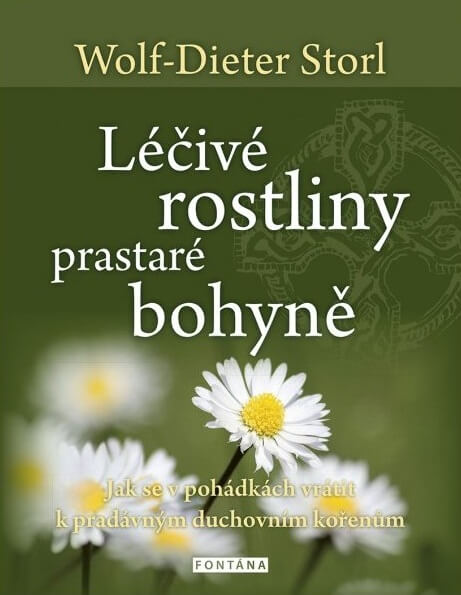 6
6

Big Pyramid as a mathematical model
 16. 04. 2024
16. 04. 2024



 6
6

 16. 04. 2024
16. 04. 2024
 8
8

 15. 04. 2024
15. 04. 2024
 1
1

 1
1

 13. 04. 2024
13. 04. 2024
 13. 05. 2020
13. 05. 2020

Learn to live with nature and gradually take what it offers. In the spring, lawns begin to yellow with dandelions called the Priestess Crown. This folk name captures the power of the dandelion's beneficial effects.
Our great-grandmothers knew very well the healing power of herbs and it is a pity that their knowledge is not passed on and gradually forgotten. It is not so long ago that the dandelion was used as a great delicacy in both cold and hot cuisine. If you have old cookbooks at home, look into them. Maybe there's a culinary background with a dandelion.
From a chemical point of view, it is literally a mixture of beneficial, medicinal and active substances. There are also vitamins - especially A, B2, C. Furthermore, tannins, phytosterols, inulin, mucilage, amino acids, sodium, potassium, manganese, sulfur, silicic acid and phosphorus are hidden in the dandelion. It also contains bitters - taraxine, taraxasterine and lactupicrine. However, the content of some substances varies depending on the season. For example, inulin is the most in the plant in the autumn. And taraxin is gaining momentum over the summer - in July and August. We can use all the parts of the herb, and we can also process it in the kitchen. The whole plant is healthy.
We collect the root ideally before flowering, which is the end of March, April. Alternatively, it is possible to collect it after flowering in autumn. If we go into dandelion roots, then we must be very careful. We have to take it out very carefully from the country so that we do not damage it. Roots are collected in a basket or other suitable container. After bringing them home, wash them thoroughly under running water and allow them to air dry. The well-dried root is known to be white at break and to break easily. He must not smell. Its taste is slightly bitter. Dandelion root is ideally stored in a solid paper wrapper in a dry and dark place. The root is particularly suitable for cleansing the body, dealing with constipation, digestive problems, clogged liver and heartburn.
The leaves we collect are ideally from May to September. We dry them in a shady and ventilated place. The sheet layer should not exceed 4-5 centimeters. Turn over several times during drying. A properly dried dandelion leaf should have a fresh green color. If it darkens, it's wrong. We keep dried leaves in the same way as roots - that is, in hard paper bags or bags. Store in a dry and dark place. Leaves help to get rid of swelling, cleanse the liver and digestive tract, drive heartburn and are suitable for pregnancy and childbirth.
Prepare a decoction of 1-2 teaspoons of dried leaves. Put in a cup and pour boiling water. Drink this decoction 3x daily. Fresh dandelion leaf juice also works the same.
Be sure to try excellent caffeine-free herbal coffee. After the root is dried, it is finely chopped and put on a hot cast iron pan. Stir until browning while stirring. In any case, it must not be completely blackened, since then it will become bitter. Let the root cool down after roasting and then ground in a powerful mixer or coffee grinder. We use it as a classic coffee - 1 teaspoon for a cup.
If we suffer from heartburn, stomach or digestive problems, or if we have kidney problems, then we can prepare classic dandelion tea from the unroasted root. One tablespoon of dried cut root cook 5 minutes in half a liter of water. We divide and divide into three daily doses. We drink in the morning, at noon and in the evening. It is best to use the cure ideally for three weeks to a month. After two weeks of pause we can repeat again.
Wolf-Dieter Storl: Medicinal plants of the ancient goddess
A book Medicinal plants of the ancient goddess will show readers, with the help of legends and fairy tales, how to return to their old ones spiritual roots.
The author sets out into a deep forest in the footsteps of an ancient goddess. Introduces the reader to medicinal herbs and to the ancient gods in a pleasant form of old legends, myths and fairy tales. You will find out what role, for example, Cinderella, the Devil's Grandmother or Mrs. Winter have on this journey, or what black elderberry, daisy and juniper mean here. Get started and discover the real thing meaning of nature, feel her soul and get yours back natural spirituality.

Wolf-Dieter Storl: Medicinal plants of the ancient goddess